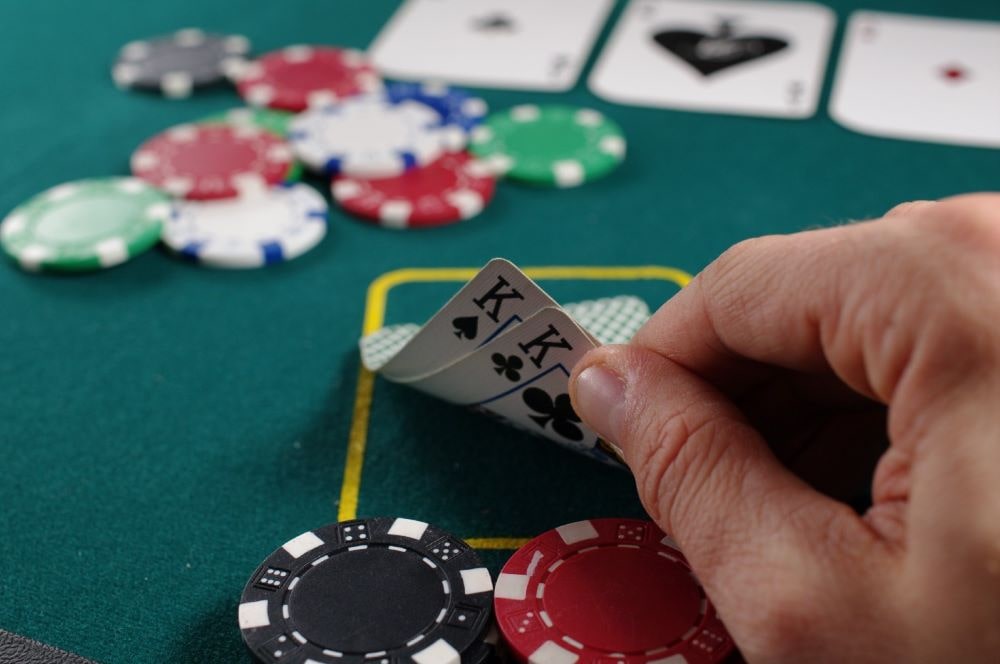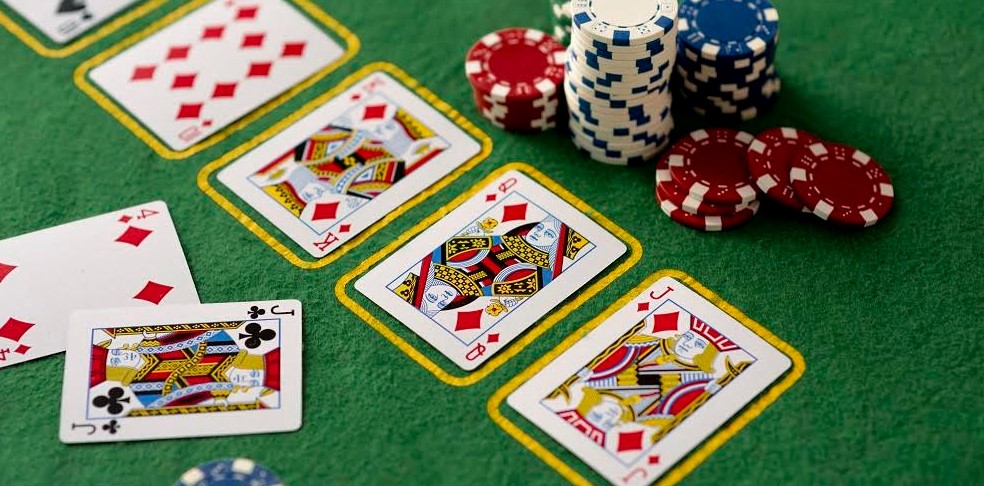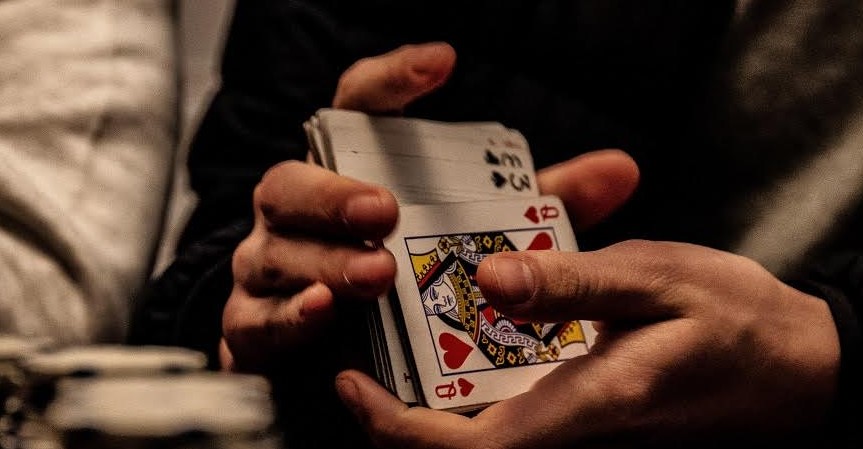Discovering which types of players you can face at a poker table and identifying which one is you is as important as taking into account your position at the table when placing bets.
The reason? Knowing if you are facing a passive loose will fine-tune your bets, since this is a profile that plays practically every hand; in case you are facing an aggressive loose, be prepared for strong bets and overly sharp bluffs.
In poker, knowledge is power. By identifying the players at your table, you will be able to adapt your strategy to your opponents and, thus, anticipate their moves, avoid losses and increase your winnings. Sounds good, doesn’t it? If you want to succeed in poker, don’t miss the information below.
Types of poker players
Broadly speaking, four types of poker players can be identified. These four types, in turn, can be divided into two groups called tight and loose. As you will see below, poker players are divided based on how many hands they play and how they bet.
Thus, we distinguish between selective players, known as tigh, and players who have little regard for the hands they play. The latter are called loose, players who are difficult to handle, especially if they play aggressively.
Here are the poker types of players you can face on the green carpet. Find out what they are and, above all, find out who you are.
Loose Passive
We begin the list of different types of poker players with the loose passive profile, a type of player very sought after among grinders and regulars because it allows them to increase their profits easily.
Better known as fish, the loose passive player is one who, as the name suggests, plays a lot of hands, but hardly raises. Generally, a passive loose player will limit himself to check or call bets. In this way, his hands tend to fall on deaf ears as he does not usually defend them at all.
The passive loose usually corresponds to players with little experience in poker, those who do not take into account fundamental aspects of the games such as, for example, the position at the table, much less the calculation of probabilities.
Guided by the philosophy of “the more hands played the better” or “I bet and see what happens”, a loose passive player is condemned to watch how his stack goes down in free fall as the games go by.
In short, the loose passive profile is the type of player that nobody wants to be recognized as, but, at the same time, the one that everyone expects to find at the table.
Tigh Passive

We continue with a profile that, although it shares the way of betting of loose passive, tends to be more selective and observant than the previous one.
A tight passive player makes weak bets, i.e. call or check in the vast majority of cases. These players do not usually raise bets, due to their passive nature, which has earned them their nickname of “rocks” although, if there is a quality to highlight in this profile, it is their inclination towards a tight game.
If a loose player is one who plays many hands, a tight player analyzes the play very well before making any bet. They are selective with their hands, which allows them to minimize losses. They are also observant, so they are very attentive to everything that happens at the table.
This type of player tends to stay in the game for many hands, since their bankroll hardly suffers big variations. They bet only if they are 100% sure they are going to win, but always betting the minimum. The result? Small profits, but few losses.
If you want to get rid of a tight passive and put him out of play, your best tactic is a strong bet. You can be sure of two things: either he folds or, if he sees your bet, he hides a very powerful hand.
Loose aggressive
This is perhaps the most visceral player of all. In fact, this profile is commonly known as maniac since he tends to bet very strong in practically every hand.
This type of player is very difficult to manage since he can overwhelm the rest of the players because of his exorbitant and continuous bets. The action of a loose aggressive is developed in two ways: bluffs and raises.
While previous profiles tended to check or call the bets, on the turn of a loose aggressive profile there will be a significant raise that will shake the rest of the stacks. Does this move mean that the player has a good hand? Far from it. A loose aggressive will raise the stakes even with a mediocre hand.
If you find yourself up against a loose aggressive player you have two options: walk away from the table or adapt your game to one of the most difficult profiles in poker to cope with.
Tight aggressive
We finish this list of the different types of poker players with what is considered the archetype of the good poker player.
We are talking about the tight aggressive profile, a type of poker player that combines the best of the other types. Observant, attentive, rational, analytical, the tight aggressive profile displays a total control over the poker table and develops his game based on all possible information.
A tight aggressive is interested not only in his cards, but also in what position he is in at the table, the probabilities of making an out, the welfare of his bankroll and also in knowing who he is facing.
Based on all this, he places a bet or not. As for the way of betting, we are talking about an aggressive profile, but he will only do it in case he is sure of having the winning hand. If the passive loose profile is the one you should not look like, the tight aggressive profile is what you should aspire to.








